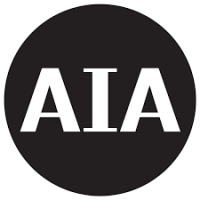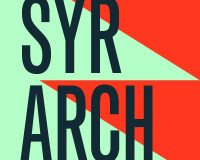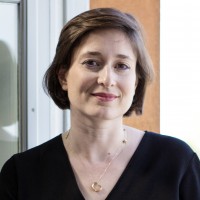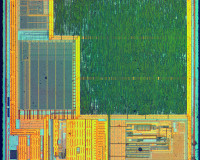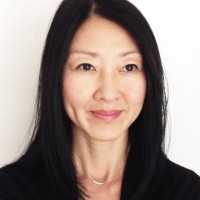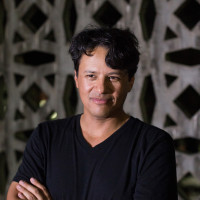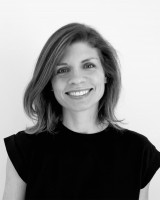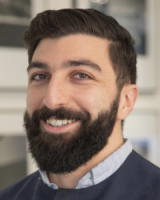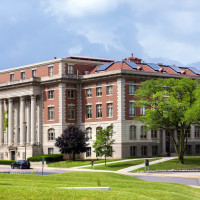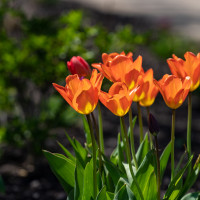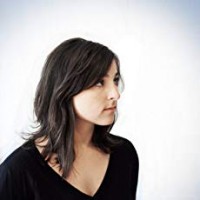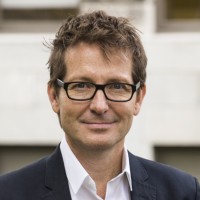Stuck in the dirt along the edges of sidewalks, 4,000 glow sticks gently illuminated the outskirts of campus with neon pinks, greens and yellows. They lit up the night, but held a purpose, providing a sense of security as students made their way back to dorms and off-campus housing on Oct. 21.
by Kathryn Krawczyk, Daily Orange
This project, called “Cuse Stay Safe,” commanded attention, and that was the point. The glow sticks were strategically placed in high crime, low light areas, and each one was wrapped with a label containing Department of Public Safety contact information.
“Cuse Stay Safe” was organized by students in ARC 552: “Politics of Public Space.” In this class, students create public installations that make a statement and stress the importance of public space in a community. Since the class started in the early 2000s, SU professor of architecture Lori Brown has taught it many times and oversaw public projects like this one, including The Red Cup Project, seen on Euclid Avenue last fall.
“Today, almost nothing is public space anymore. Even the sidewalks are owned by someone,” said Estefania Maldonado, a fifth-year School of Architecture student who helped organize the glow stick installation. “The class challenges the ideas and boundaries of the public realm, and our glow sticks challenge viewers to see it in a different way.”
Within a single 15 week semester, students design and build one installation on campus and one for the city of Syracuse. They can opt to create two separate projects or stick to a common theme.
Even with this limited time frame, students don’t start planning when they first step into class. Politics of Public Space starts with four weeks of looking at public space issues like who has access to certain spaces and why it’s important. Students learn philosophies and theories behind public space. Then they have time to meet classmates, form groups of two to four people and collect their project ideas.
After a presentation of their ideas, students get to work by considering the space where they’d like to put their installation and seeing if they’ll need permission to install it. They also decide what materials they’ll use and if funding is necessary to get them, Brown said.
Even though “Politics of Public Space” is classified as an architecture class, it’s actually an interdisciplinary class open to students of all majors. Brown has had geography, women’s and gender studies, art and many other majors in her class, and all these views lead to better projects, she said.
It’s also helpful for architecture students, who sometimes get so caught up with their fellow majors that they forget they are actually designing for a diverse audience.
“It leads to a much broader conversation,” Brown said. “It gets them to think beyond just the immediate context.”
It also challenges students to design something that impacts an entire community, she said. Not everyone will be an architect, but everyone experiences space. As more and more space becomes privatized, this class is only becoming more important, Brown said.
With all this in mind, students work to communicate a strong message for their audience through the installations.
The Red Cup Project echoed Brown’s testament. Last fall, Students took a personal cause and turned it into a project that extended beyond class expectations.
After each weekend, red cups litter the streets around campus. So to call attention to the waste behind Syracuse’s party scene, students collected the cups and built a massive sculpture that took over a street last October. They also created several installations resembling tumbleweed that appeared on the SU Quad and at last semester’s Earthfest.
The Red Cup Project was a success, attracting media attention from local and national media outlets. It had the potential to grow even further, and other college campuses were interested in building their own installations, Brown said.
And even though some of the original creators have moved on, the Red Cup Project continues today. Their most recent installation was at Stone Quarry Hill Art Park and ran through Sept. 29, according to the Red Cup Project Facebook page.
“No other project has had that longer term, larger scale impact,” Brown said.
But even though Brown serves as an advisor for the students’ projects, she takes no credit for the impact each has had.


